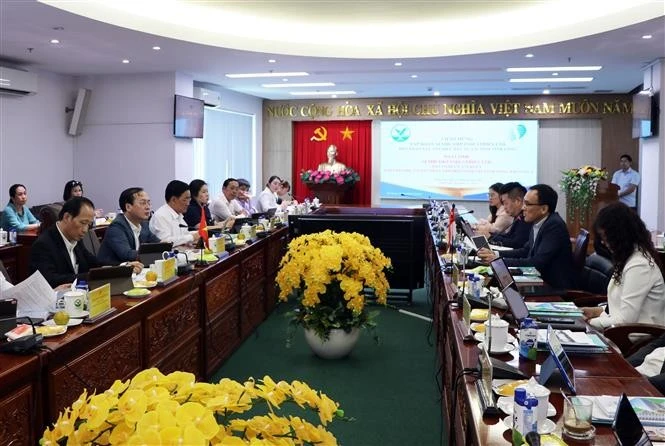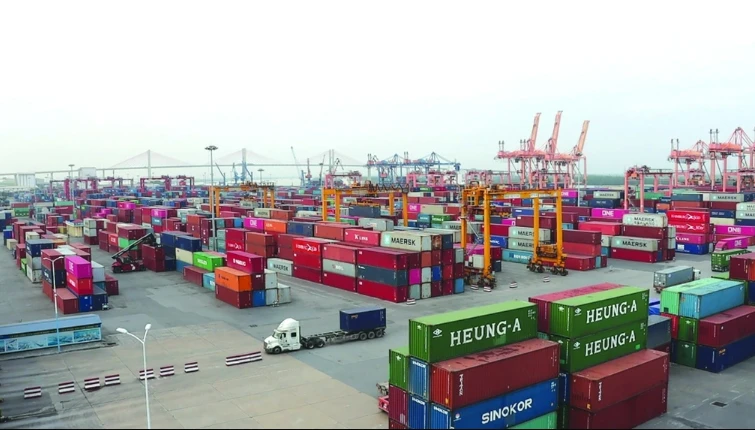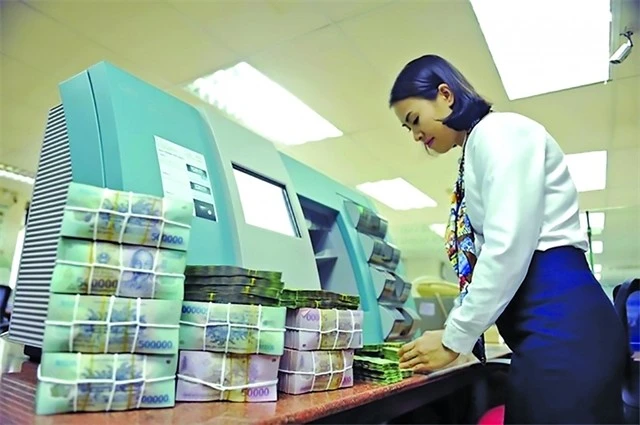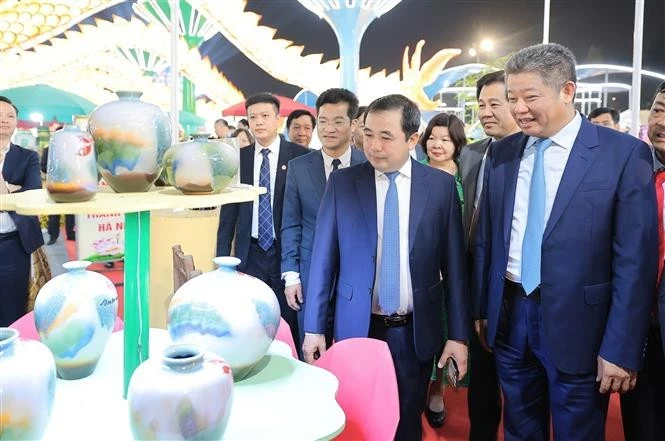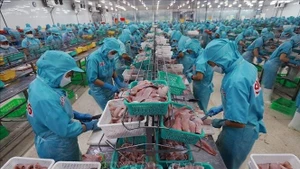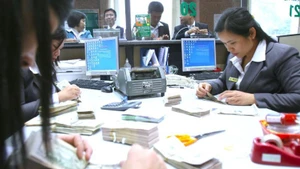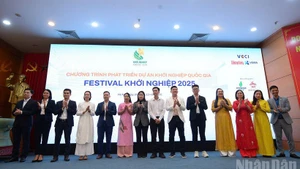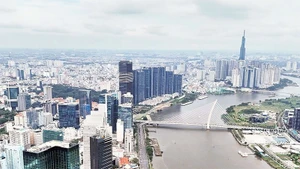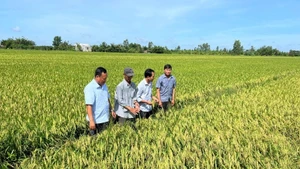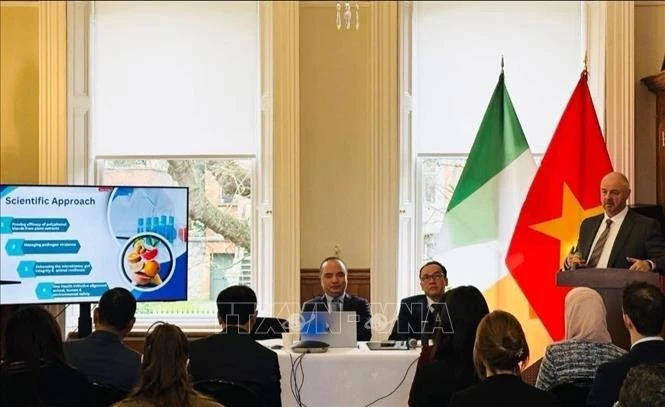Following the administrative merger, Dong Thap has enjoyed the geographical advantage of spanning three distinct ecological zones: freshwater, brackish water and saltwater.
Dong Thap has set out three key objectives: ecological agriculture as the focus, civilised farmers as the main actors, and modern rural areas as the foundation. On this basis, the province is mobilising the entire political system along with social resources towards becoming a regional leader in ecological agriculture, coupled with renewed production thinking and the building of advanced new-style rural areas.
Market-oriented production
To harness its agricultural strengths, Dong Thap has restructured the sector towards sustainability and ecology, focusing on key commodities and value-added growth. Production has been reorganised in line with market demand, high quality standards and export requirements.
Beyond addressing such incidents, Dong Thap has been promoting technological advances throughout the production process. The Kim Phat High-Tech Agricultural Cooperative in An Thanh Thuy Commune is a pioneer in applying tissue culture technology to propagate more than 30 plant varieties including MD2 pineapples, bananas, orchids and bamboo. The cooperative currently operates on 3.5 hectares, comprising a 400 square metre tissue culture laboratory, a 1,500 square metre nursery, and a 3,000 square metre associated member nursery, supplying about one million seedlings nationwide each month.
The development of concentrated raw material zones using modern technology and forming cooperative–enterprise–market linkages is producing positive results.
In recent years, the cooperative has invested in a wide range of modern equipment for tissue culture and seedling production, including biosafety cabinets, autoclaves, water distillers, four-decimal electronic scales, pH meters and water filtration systems, with a bold allocation of capital to establish a tissue culture laboratory. This technology enables mass propagation while preserving the genetic characteristics of the mother plants, overcoming the limitations of traditional methods such as grafting, budding and cutting.
The development of concentrated raw material zones in line with modern practices, through the application of technology and the establishment of cooperative–enterprise–market linkages, has brought about positive results. Each locality in the province has been directed to establish at least one smart agricultural production zone connected with processing and consumption, thereby contributing to the effective implementation of the provincial agricultural restructuring scheme.
Towards modern agricultural sector
In the context of global competition and volatility, Dong Thap’s agricultural sector has not only maintained stable growth but has also been gradually shifting towards ecological and innovative models. However, several limitations remain, including uneven household income growth, small-scale production, low professionalism in organisation, and significant exposure to natural disasters and epidemics.

Le Ha Luan, Director of the Department of Agriculture and Environment, affirmed:
“Dong Thap is oriented towards developing an ecological agriculture that harmonises economic, social and environmental aspects, diversifying high-value models, forming large-scale production zones with close value-chain linkages, and strongly applying science, technology, digital transformation and innovation to enhance productivity, quality and competitiveness of agricultural products.”
According to him, digital transformation in agriculture has been identified as one of the core drivers of restructuring and modernisation. Various models and technological solutions have been piloted and replicated across the province, such as: digital agricultural data platforms, smart irrigation systems, drones for sowing and spraying, mechanisation across production stages, and automation in animal husbandry.
These applications not only reduce costs and increase productivity but also help ensure transparency, traceability, and higher value and competitiveness for agricultural products.
The province also places emphasis on building a professional farming workforce, well-trained and actively engaged in collective economic organisations such as cooperatives, farmer groups, clubs and associations of successful farmers. This is gradually shaping a generation of farmers with market-oriented thinking, capable of shifting production models, and willing to collaborate and connect.
This workforce will serve as the nucleus for building modern rural areas on a foundation of sustainable and green development, in harmony with local traditions and cultural identity; while mobilising social resources for essential infrastructure, rural services, improved living standards, and guaranteed social welfare.
In recent years, Dong Thap’s agriculture and rural areas have undergone positive transformation. Agricultural growth has been sustained, the production structure has shifted towards market linkages through the development of collective economic models and cooperative partnerships, while farming has increasingly aligned with GAP standards. Advances in science and technology are being applied widely, enhancing the competitiveness of local produce.
The province has also introduced and implemented effective pilot policies for agricultural and rural development; encouraged the shift of rural labour into other sectors, thereby improving living standards in rural areas.


